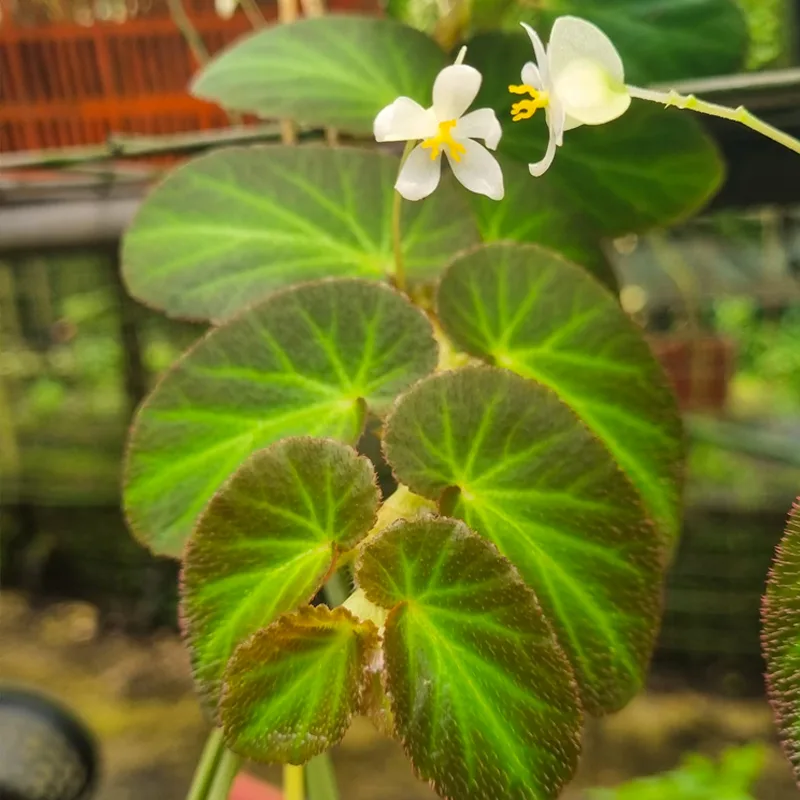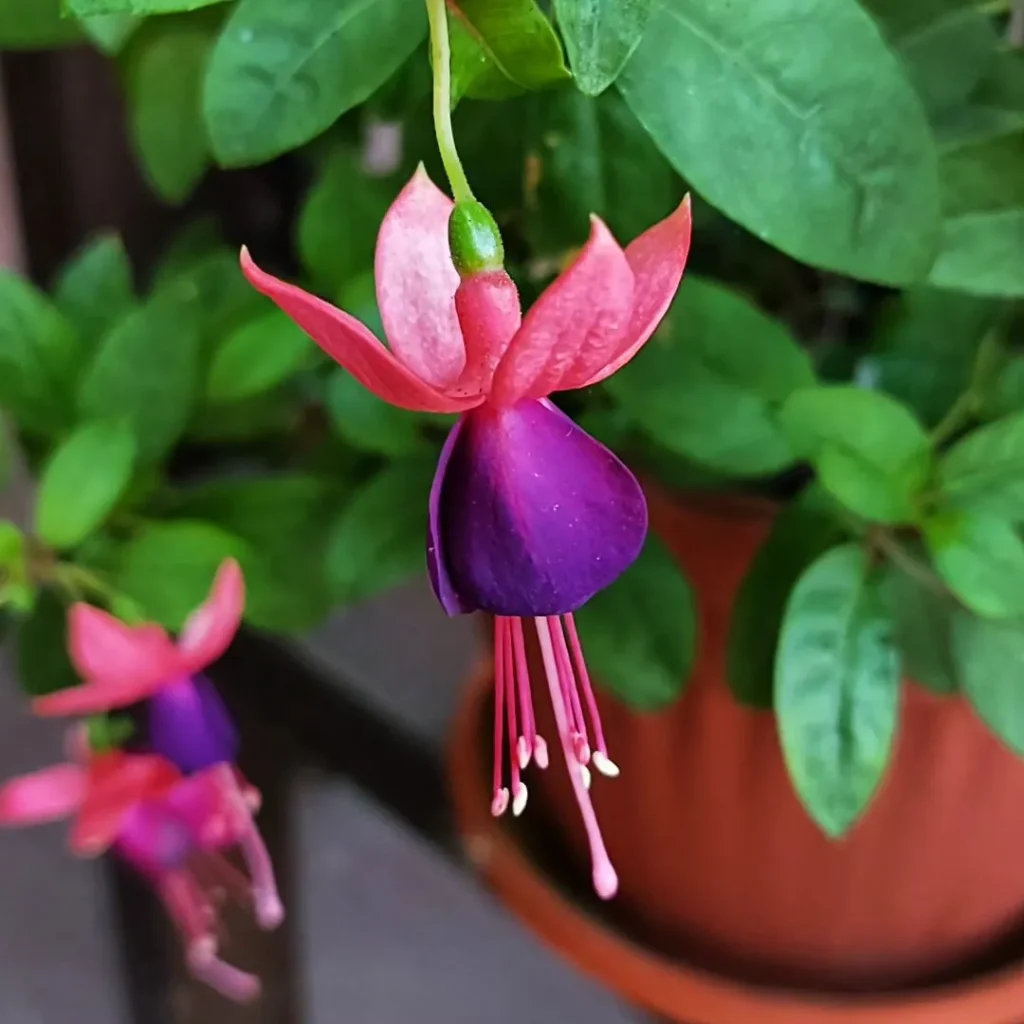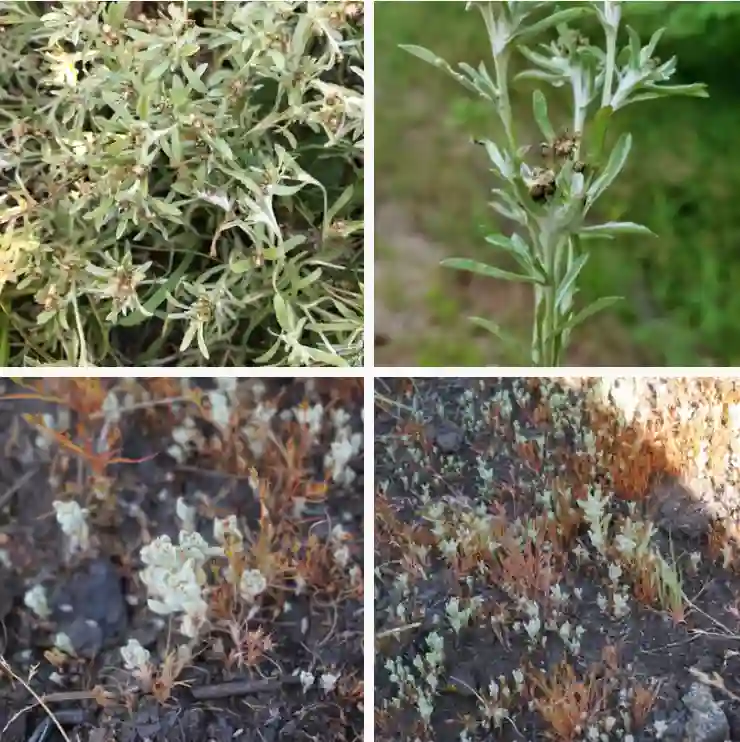Salicornia: A Plant That Thrives Where Others Fail
My name is Ferb Vu, and I’ve always been fascinated by plants that can survive in extreme conditions. The Salicornia genus belong to the Amaranthaceae family, commonly known as glasswort, pickleweed, or marsh samphire, is a prime example of this resilience. These succulent, halophytic (salt-tolerant) flowering plants thrive in environments that would kill most other flora: salt marshes, beaches, and mangrove swamps. They’re a testament to the adaptability of life and a personal source of wonder.
A Closer Look at Salicornia
Imagine a plant that looks like miniature, jointed fingers reaching skyward. That’s Salicornia in a nutshell. Their fleshy, segmented stems are often tinged red or purple, especially in autumn. They lack obvious leaves, which helps reduce water loss in their salty habitats. And when they bloom, tiny flowers emerge, almost hidden within the joints of the stems.
What truly sets Salicornia apart is its ability to thrive in highly saline environments. They’ve evolved to excrete excess salt, often through specialized glands on their surface. This adaptation allows them to not only survive but flourish where other plants simply cannot.
Species within the Salicornia Genus
The Salicornia genus is surprisingly diverse, with species found across North America, Europe, Central Asia, and Southern Africa. Identifying them can be tricky, as their appearance can vary significantly depending on environmental conditions. Here are:
- Salicornia europaea: A widespread species found in Europe and North America, often used for culinary purposes.
- Salicornia bigelovii: This North American species is known for its high oil content, making it a potential source of biofuel.
- Salicornia virginica: A common sight along the Atlantic coast of North America, known for its vibrant red fall coloration.
- Salicornia perennis: Unlike most Salicornia species which are annuals, this one is a perennial, meaning it lives for multiple years.
- Salicornia alpini Lag.
- Salicornia ambigua Michx.
- Salicornia andina Phil.
- Salicornia blackiana Ulbr.
- Salicornia brachiata Roxb.
- Salicornia capensis (Moss) Piirainen & G.Kadereit
- Salicornia crassispica G.L.Chu
- Salicornia cuscoensis Gutte & G.K.Müll. ex Freitag, M.Á.Alonso & M.B.Crespo
- Salicornia decumbens (Toelken) Piirainen & G.Kadereit
- Salicornia decussata (S.Steffen, Mucina & G.Kadereit) Piirainen & G.Kadereit
- Salicornia disarticulata Moss
- Salicornia dunensis (Moss ex Adamson) Piirainen & G.Kadereit
- Salicornia erectispica G.L.Chu
- Salicornia fruticosa (L.) L.
- Salicornia globosa (Paul G.Wilson) Piirainen & G.Kadereit
- Salicornia hamzaoglui Yaprak
- Salicornia helmutii Piirainen & G.Kadereit
- Salicornia hispanica (Fuente, Rufo & Sánchez Mata) Piirainen & G.Kadereit
- Salicornia iranica Akhani
- Salicornia lagascae (Fuente, Rufo & Sánchez Mata) Piirainen & G.Kadereit
- Salicornia littorea (Moss) Piirainen & G.Kadereit
- Salicornia magellanica Phil.
- Salicornia maritima S.L.Wolff & Jefferies
- Salicornia × marshallii (Lambinon & Vanderp.) Stace
- Salicornia meyeriana Moss
- Salicornia mossambicensis (Brenan) Piirainen & G.Kadereit
- Salicornia mossiana (Toelken) Piirainen & G.Kadereit
- Salicornia natalensis Bunge ex Ung.-Sternb.
- Salicornia neei Lag.
- Salicornia obclavata (Yaprak) Piirainen & G.Kadereit
- Salicornia obscura P.W.Ball & Tutin
- Salicornia pachystachya Bunge ex Ung.-Sternb.
- Salicornia pacifica Standl.
- Salicornia perennans Willd.
- Salicornia perrieri A.Chev.
- Salicornia persica Akhani
- Salicornia perspolitana Akhani
- Salicornia praecox A.Chev.
- Salicornia procumbens Sm.
- Salicornia pruinosa (Fuente, Rufo & Sánchez Mata) Piirainen & G.Kadereit
- Salicornia pulvinata R.E.Fr.
- Salicornia quinqueflora Bunge ex Ung.-Sternb.
- Salicornia rubra A.Nelson
- Salicornia senegalensis A.Chev.
- Salicornia × tashkensis Akhani
- Salicornia tegetaria (S.Steffen, Mucina & G.Kadereit) Piirainen & G.Kadereit
- Salicornia terminalis (Toelken) Piirainen & G.Kadereit
- Salicornia turanica Chatren. & Akhani
- Salicornia uniflora Toelken
- Salicornia utahensis Tidestr.
- Salicornia xerophila (Toelken) Piirainen & G.Kadereit
Why I Find Salicornia So Remarkable
For me, Salicornia represents the tenacity of life. It’s a reminder that even in the harshest environments, life finds a way. Their ability to not only tolerate but thrive in salty conditions is a testament to the power of adaptation.
Beyond their biological marvels, Salicornia also holds cultural and economic significance.
- Culinary Uses: In many coastal communities, Salicornia has been a traditional food source for centuries. Its salty, succulent stems can be eaten raw, pickled, or cooked like asparagus. They add a unique, briny flavor to dishes.
- Potential for Biofuel: As mentioned earlier, some Salicornia species have high oil content, making them a potential source of sustainable biofuel. This could have significant implications for renewable energy.
- Ecological Importance: Salicornia plays a vital role in its ecosystem. It helps stabilize salt marsh habitats, providing food and shelter for various birds and insects.
Looking Ahead
As someone interested in both botany and sustainability, I’m excited to see how our understanding of Salicornia continues to evolve. Their potential applications in food, biofuel, and ecological restoration are promising.
But most importantly, Salicornia serves as an inspiration. It reminds us that even in the face of adversity, life can not only endure but flourish. It’s a lesson we can all take to heart.
If i die, water my plants!



